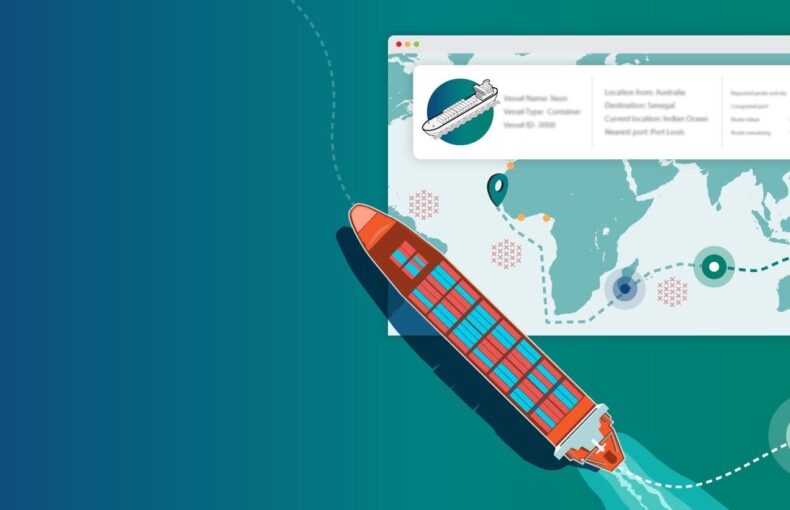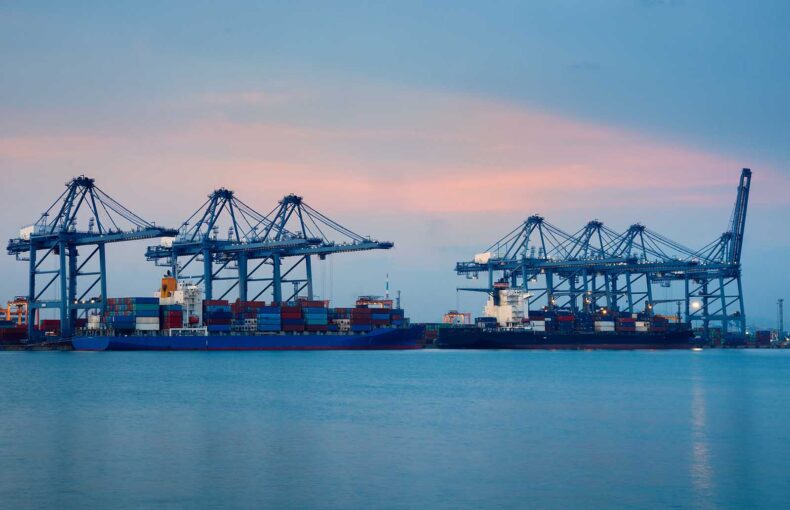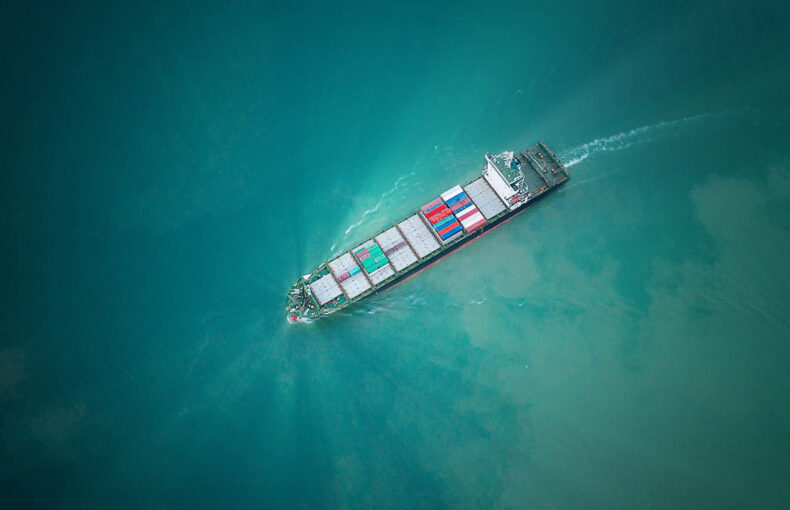The Port of Santos: Central to Brazil’s Economy and History
Nestled between one of the Americas largest cities, São Paulo, and the Atlantic Ocean, the Port of Santos is a sprawling port that continues to grow. It is the second busiest container port in Latin America after Panama’s Port of Colón and acts as the beating heart of Brazil’s economy.
One of the 50 busiest ports in the world, it is key to not just moving consumer goods into one of the world’s largest economies but crucial products out of Brazil, such as soybeans, coffee, metals, and petroleum products.
Through periods of rapid development and political upheaval, the port has endured.
And probably far more important to much of the world’s population, without serving as the economic foundation of Santos, the city would not have been there to support Santos FC, a legendary franchise in Brazilian football. It was the club that nurtured two of the nation’s soccer greats, Pelé and Neymar. They rank the first and second goal scorers who wore the Seleção Canarinho jersey of Brazil’s national team.
A long and varied path of development
The history of the Port of Santos is deeply embedded in the Portuguese colonization of the South American coast in the 16th century. Brás Cubas, an explorer and agent for King John III, founded the city in 1532, with the port established by 1541. It served as an early beachhead as Portugal slowly expanded into the region over the next century, enough so that the English privateer Thomas Cavendish plundered the city in 1591.
As the Portuguese discovered and developed more export commodities to extract from Brazil — first sugar in the early 17th century, then gold and diamonds in the early 18th, and coffee later in that century — the port slowly grew to accommodate this trade activity. Sadly, the importation of slaves, primarily from West Africa’s Port of Luanda, was also an important aspect of this centuries-long international trade network that saw over 4.9 million Africans forcibly transported to what is now Brazil, though most transited through the Valongo Wharf in Rio de Janeiro.
The development of the coffee trade was especially important to the Port of Santos’s history. During the 19th century, it became an important player in the exchange of what had already become an international commodity as coffee production expanded from its beginnings in Arabia in the 15th century to today, with Brazil being the world’s top coffee exporter.
The coffee economy and Santos also played pivotal roles in the final collapse of slavery in Brazil in the late 19th century:
Many slaves fled to the cities. The runaway bondsmen especially viewed the coastal city of Santos as a promised land, because it seemed beyond the reach of the slave-chasers, and its thriving coffee export business presented numerous employment opportunities. As late as 1886 slave proprietors still had sufficient influence in the city to arrange for the return of fugitives to the fazendas. Under the pressure of the intensified abolitionist movement, however, resistance collapsed in Santos in 1887, and the fugitives poured in. A new shanty town rose on the hills around the city—the quilombo (community of runaway slaves) of Jabaquara, and by the end of the year more than 10,000 people had settled there under the leadership of the Negro chief, Quintino Lacerda.
This rich history is in part why Santos is today a multicultural city that captures Brazil’s vibrancy. Its population — founded on Indigenous, African, Portuguese, Spanish, Italian, Syrian, Lebanese, and several other ethnohistoric roots — work in and around Brazil’s largest harbor.
Now a centerpiece of the Brazilian economy
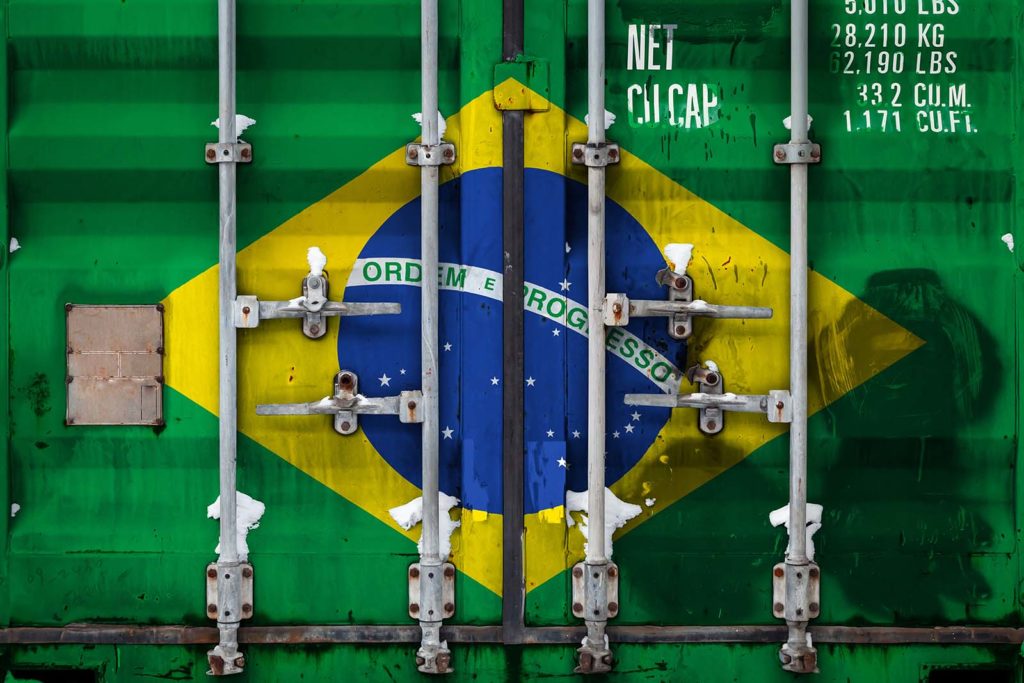
Today, the smell of coffee still infuses the air of Santos and its importance to the economy is obvious as the port handles approximately 75% of Brazil’s coffee exports. Sugar is also still a major agricultural product moved at the port, as are soybeans, corn, orange juice, and animal products. Manufacturing merchandise exported from the Port of Santos includes automotive products, petroleum commodities, and machinery. Traditionally processing over 4.1 million twenty-foot equivalent units (TEUs) annually, the port is the major entryway for consumer goods entering Brazil.
Operations are intertwined with over 600 other ports in 125 countries, with approximately 27% of Brazil’s trade balance transiting through what is ranked as the 46th busiest container port in the world by the World Shipping Council. The modern port was established in 1892, a few decades after rail links to the interior of Brazil were built, and even today there is not a major airport in close proximity to Santos. Without its rail links, the modern Port of Santos would not be what it is today.
Last year saw a significant expansion of TEU capacity as modifications were made to enable the handling of 14,000 TEU vessels, up from the previous capacity limit of 9,000 TEU. Such upgrades are part of Brazil’s ongoing efforts to modernize and make more efficient an economy that has seen its ups and downs in recent decades.
As Brazil’s Ministry of Infrastructure Director of New Grants and Regulatory Policies Fabio Lavor stated when the increased TEU project was finalized: “In practice, we will receive larger ships, which are consequently more efficient, and which have a lower cost — that is, greater movement to the Port of Santos, greater efficiency for the terminals, and especially lower logistics costs for the country.”
The expansion project was one reason why 2021 saw a significant jump in TEU traffic, with a record 4.8 million units moving through, which represented a 14.2% jump year-to-year. The port’s net income rose 62.6% from 2020’s pandemic-altered operations.
The impact of COVID-19
Like other major ports around the world, the COVID-19 crisis has resulted in bottlenecks and some serious oscillations in traffic. As can be seen in the “weekly average delay to terminal” graph from , getting ships in and out of Santos has been choppy as the issues facing the shipping industry globally have taken their toll.
But that story is not simply a negative one. Part of the pressure facing the Port of Santos was that, even during the pandemic, port operations continued to grow.
“The imbalances in the supply chains started because of the effects of the pandemic and it’s difficult to make predictions about when the situation will improve. The logistics situation is challenging. But looking at our Santos operation, we’ve had record years during the pandemic,” explained the Santos Port Authority (SPA) CFO Marcus Mingoni to BNamericas. “As a whole, we saw that the port sector showed very strong resilience. Agribusiness in Brazil continues to be a very strong element for the segment, in addition to the fact that we have a diversified list of exports and imports. Other positive news was also the fact that the operators of our terminals also invested in productivity. This conjunction of factors helped us navigate well through these challenging times.”
Supply chain issues will likely continue into next year — at a minimum — both because of the unwinding of COVID-19 disruptions and now the impact of the Russian invasion of Ukraine. But the Port of Santos seems well prepared.
Planning for continued growth
As part of long-term modernization efforts, port operations are on the cusp of a major overhaul, one that will incorporate both major changes in the management structure of the port and a significant expansion of its physical footprint.
The privatization of much of the port’s management has been set in motion, with a public consultation phase occurring earlier this year. The goal is to attract investment of $2 billion for port operations over a 35-year concession period. In part to set the stage for this, the dry area boundaries of the port were recently nearly doubled in the face of the original operational area being nearly at full capacity.
“SPA is now ready for privatization. We’re in very strong financial position. We have a very strong financial liquidity index in the company. We’re a company with practically no liabilities with banks. From the point of view of financial balance, accounting practices, the company is ready for privatization,” SPA’s Mingoni, who was appointed Director of Administration and Finance in May of 2020, stated in the BNamericas interview. “We’ve seen a lot of interest, Santos is the jewel in the crown of the national logistics chain and is the largest port in Latin America. We’ve already had some roadshows held by the government with potential investors and we saw that Santos aroused the interest of lots of participants, both local and international investors [including] investment funds, pension funds, logistic operators and even port authorities from other countries. It’s likely that in the auction for Santos port we’ll see the participation of consortia and not companies on their own.”
The privatization scheme is not universally supported, especially in what some see as an expedited schedule. With the next national presidential election upcoming in October — and with the controversial conservative incumbent Jair Bolsonaro facing off against the leftist former president Luiz Inácio Lula da Silva — rushing major managerial changes at the port will be swept up in what is expected to be, to say the least, an animated election.
“The concession of the port of Santos has a lot of merit, but we have to consider that we’re approaching an electoral year, with an already polarized political scenario and the concession of the port involves many interests,” one industry stakeholder told BNamericas anonymously in 2021. “There are terminal operators that are not very favorable to the idea of a concession of the port authority.”
Ongoing sustainability efforts
No matter the political scene that is sure to dominate the rest of 2022 in Brazil, the Port of Santos’s ongoing modernization efforts will continue. The transition to an Internet of Things (IoT) infrastructure is underway with the deployment of a Long Range (LoRa) network that will allow for a much higher level of wireless interconnectivity at the port.
“With this initiative, SPA intensifies its position as a promoter of technological innovation in the Port of Santos, for possible use by the Port Authority itself and the terminals,” noted SPA CEO Fernando Biral when announcing the initial stages of the project.
This is effort is just one in a broad reimagining that culminated in 2020 in a new Zoning and Development Plan (PDZ) for the Port of Santos by the Brazilian Ministry of Infrastructure (Minfra), which updated operational plans from the 2006 PDZ.
“With the new PDZ we are planning the Port of Santos of the future, allowing for a leap in efficiency, economies of scale and productivity. It represents a mark for the complex’s modernization, and for employment and income generation in the region,” Biral stated when it was released. “It is necessary to mention that this effort was only successful because of a strong cooperation between SPA, Minfra and Federal Government in service of the national infrastructure, for the new PDZ represents an advance not only for the Santos Bay area, but for all of the national logistics chain, that depends on the country’s foremost foreign trade equipment.”
Better understanding and preparing for climate change impacts is also part of ongoing modernization efforts, especially since sea-level rise could have a profound effect on the more vulnerable city of Santos (without which the port could not function effectively). One study projects a possible 45-centimeter (18-inch) rise by 2100 and the area is already experiencing weather pattern shifts. Managing such economic impacts at the nation’s most important port will have to be a priority for any Brazilian government.
A port that has long endured
Santos and its port have long been important to Brazilian politics and culture and, now as its largest port and lynchpin of its modern economy, that position is entrenched. No matter what happens in this year’s election, operations at the port will continue to be critical to the functioning of the Brazilian economy, and efforts to make it the most efficient and effective port will be ongoing.
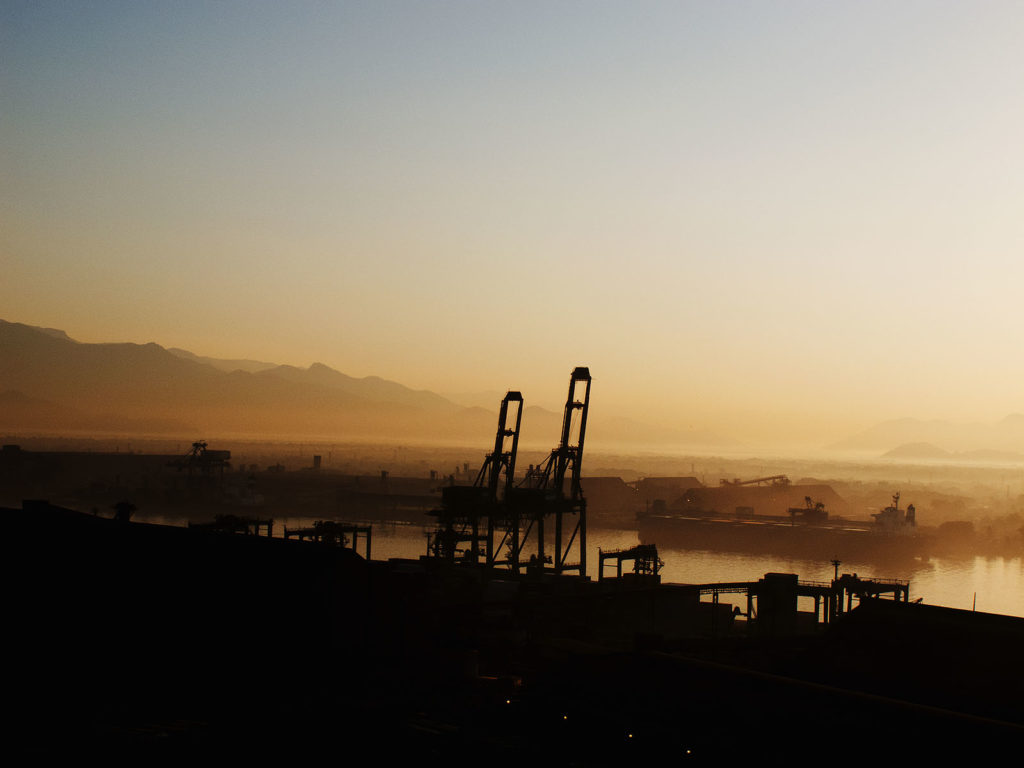
 Written by
Written by